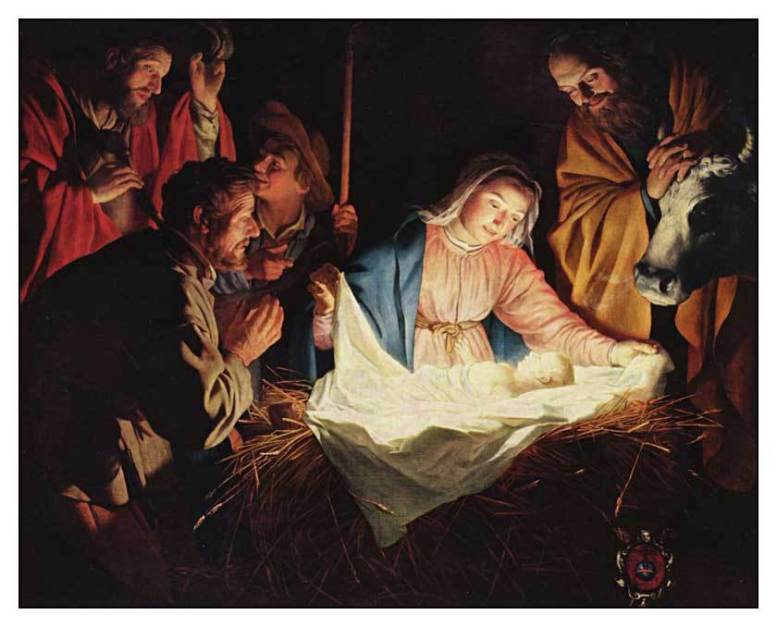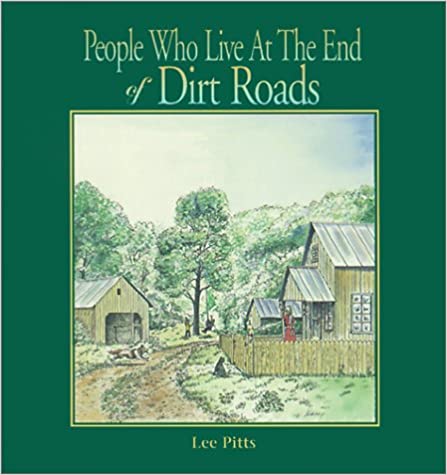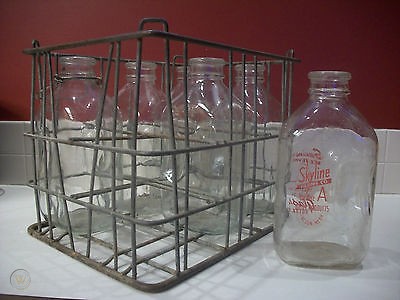The Unanswered Question
The Unanswered Question

 The first time I ever heard the phrase “Academic Freedom” was when I was 22 years old. It happened in 1979, when I was a student at St. Louis University School of Law. I had no idea when I started law school that I was going to get a real “education” on how a Catholic university operated.
The first time I ever heard the phrase “Academic Freedom” was when I was 22 years old. It happened in 1979, when I was a student at St. Louis University School of Law. I had no idea when I started law school that I was going to get a real “education” on how a Catholic university operated.
During my first year in law school, the university announced that Fr. Charles Curran had been invited to teach at the university as a visiting professor. He was scheduled to teach theology classes during the upcoming (1980) summer session. After the announcement, there was a huge uproar in the Catholic community, especially among the alumni. Fr. Curran was a well-known antagonist and media darling who had previously published articles and spoken out against Church teaching on divorce, contraception, masturbation, pre-marital sex, and homosexuality.
On the day after the story broke, I received a telephone call from the insurance agent I had purchased car insurance from when I moved to St. Louis. He was a member of a Catholic alumni group. He told me that several groups were planning on picketing the office of the president of the university (a priest) over the decision to invite Fr. Curran. That evening I joined him and the other picketers on the sidewalk in front of the president’s office.
There were reporters from all of the local media outlets who were interviewing the organizers and picketers. Although it was not my intention, I ended up being among the picketers who were filmed for the evening news.
The next day when I walked into my Contracts class, one of my classmates (Dana), launched a verbal assault on me. He had seen me on the news participating in the demonstration. Dana and I were friends. We met on the first day of class when I sat next to him. Since we were assigned to the seats we chose on the first day, we sat next to each other for the entire semester. Unlike me, Dana had only attended Catholic schools, while I had attended a public high school and college. He was a better student than I was, primarily because he was much more focused and disciplined in his studies.
Dana and I argued both before and after class about the controversy that had arisen over Fr. Curran. He tried to intimidate me by making condescending comments about how I didn’t really understand how things worked at a Catholic university. He kept using the words “academic freedom” to justify his position that the university not only had the right, but the obligation to present different points of view, even if those views were contrary to the teaching of the Church. I responded that an objective presentation of different points of view was acceptable, but Curran wasn’t objective. He was biased against the very Church he was representing, and was actively promoting and using his anti-Catholic views to persuade Catholic college students to defy Church teachings.
Even though I wasn’t familiar with the concept of academic freedom, it didn’t matter. To me, it was nothing more than a devious and destructive technique that was being used to appeal to the intellectual pride of Catholic students. In addition, it was being used to justify outright disobedience of fundamental Catholic teachings. I argued that a Catholic university that was being led by priests had an obligation to adhere to the teachings of the Church and to equip its students with the intellectual firepower that was needed to defend the Church. Of course, nothing I said changed the way Dana felt about the university’s decision to invite Fr. Curran.
The controversy over Fr. Curran continued for several days and eventually a number of prominent Catholics in the community demanded that the Archbishop of the Archdiocese of St. Louis use his influence to reverse the decision of the university. The Archbishop had not been given prior notice of the decision to invite Fr. Curran.
After seeing that the controversy wasn’t going to die on its own, the Archbishop issued a written statement to “clarify” his position on the matter. Among other things, the Archbishop stated that even though Fr. Curran was under investigation in Rome, he was still a tenured professor on the theology faculty of Catholic University of America (which is located in Washington, D.C). He went on to state that it was a “Catholic and American tradition not to condemn a man until a decision” by Rome was rendered.
The Archbishop also stated that although he would not have personally made the decision to invite Fr. Curran, he was not going to interfere with the judgment of the university. (As a side note, 6 years later (1986), the Vatican declared that Curran was no longer allowed to teach theology at Catholic University of America. The decision was made by the Sacred Congregation for the Doctrine of the Faith, headed by then-Cardinal Joseph Ratzinger [now Pope Benedict XVI]. Curran subsequently left the priesthood and is currently a “Professor of Human Values” at Southern Methodist University in Dallas, Texas).
I didn’t know it at the time, but what happened with Fr. Curran at St. Louis University had its roots in the late 1950’s and early 1960’s, and was common at all of the major Catholic universities in the country. Like a cancer, it also spread to a majority of Catholic high schools in the late 1960’s.*
There is an old saying, “Schools are the seed beds in which the minds of the next generation are being formed.” The seeds for the acceptance of contraceptive birth control were first planted at Catholic universities in the late 1950’s. In 1963, the president of the University of Notre Dame, Fr. Theodore Hesburgh, hosted a two-day conference that was financed by the Population Council, a tax-exempt organization founded in 1952 by John D. Rockefeller.
Attendees at the conference included representatives from the Population Council, Planned Parenthood Foundation of America, and various “Catholic, Protestant, and Jewish clergymen.” The participants focused on ways in which religious groups and the Planned Parenthood Foundation could engage in “cooperative thought and action on these vital matters.” The “vital matters” included ways in which to influence individual Catholics, high schools, universities, and the Church hierarchy to accept and embrace the practice of contraception.
There were several other top-tier Catholic universities that jumped on the contraceptive band wagon in the 1960’s, including Georgetown University, Boston College, Seton Hall, Catholic University of America, St. Louis University, and Fordham University. The lower tier Catholic universities followed suit shortly thereafter.
In 1993, Pope John Paul II released his encyclical, Veritatis Splendor (“The Splendor of Truth”). In his encyclical, the Pope, a former university professor, made the point that Catholic colleges and universities had been damaged by the errant theological and philosophical tendencies of our age. He wrote that the spreading of numerous doubts and objections toward the natural law and the “systematic calling into question of traditional moral doctrine” had created “a genuine crisis.” He went on to say that this crisis created “serious implications for the moral life of the faithful and for communion in the Church, as well as for a just and fraternal social life.”
So here we are in 2012. Our federal government recently launched a war against our treasured Catholic institutions demanding that they violate Divine Laws that were handed down to us by Almighty God Himself. And some ask: “How did it come to this?” That is the unanswered question that I am answering here today. We could justifiably blame the media and modern culture, but it’s much deeper than that.
Who are the best students in the world? In my opinion, they are the sons and daughters of Catholics. Why are they the best students? Because the majority of them grow up in stable and loving homes where they are constantly being intellectually stimulated and challenged. They are the students who are the leaders of tomorrow. Leaders who will not only be successful, but will: (1) develop well-healed connections in the business community; and (2) become lawyers, judges, and politicians, with the power to influence the future of our country. (Of the 9 U.S. Supreme Court Justices, 6 of them are “Catholic.” The remaining 3 are Jewish.)
Unfortunately, the faith and beliefs of several generations of Catholic students were poisoned during their high school and college years. The priests and religious who were (and still are) in control of those institutions of higher learning promoted beliefs that were contrary to, and in direct defiance of, the Divine Law.
I did not want to write this article. I don’t like being critical of any priest, but the unfortunate reality is that we will always have Judases among us who, while outwardly kissing the cheek of our Lord, use the skills and gifts they were blessed with to turn the children of God against Him.
Next week: A Reservoir of Love
*I am not questioning what is taught in the Catholic schools in the Peoria Diocese. I have no direct knowledge of what goes on in our local Catholic schools. My wife and I educated our 7 children at home during their grade school and high school years. They did not take part in any school system until they entered college.



3 Comments
I too remember when “academic freedom” exploded upon Catholic institutions of higher education. I was in graduate school at a “Catholic College” that was in the process of divesting itself of the Catholic connection. At this time there was a document that all these religious people signed in support of Charlie.My question is where are all these dissenters now when our “religious freedom” is at stake? I would venture many of those signers at the time of Charlie’s case was in question are Obama supporters.
Thanks Colleen. The colleges are still using “academic freedom” to justify their defiance of Church teachings. We need to make our voices and prayers heard. Keep on praying!
[…] I would attempt to explain why contraception is a grave sin. The title to those articles were, (1) The Unanswered Question, (2) A Reservoir of Love, (3) Honey Boys (4) The End Game, and (5) Wolves At The […]